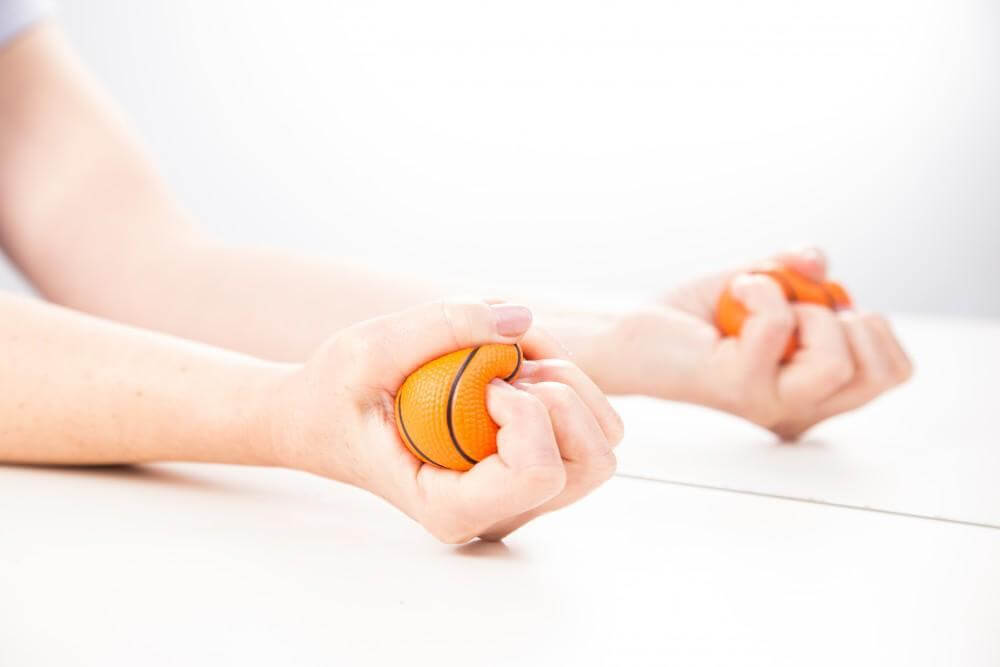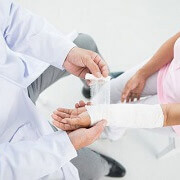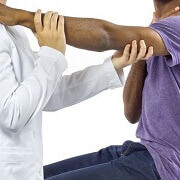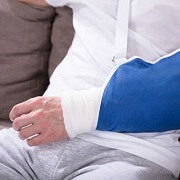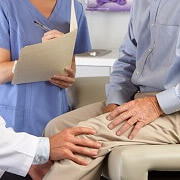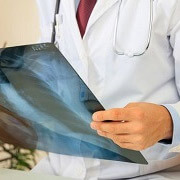Complex regional pain syndrome (CRPS) is an umbrella term describing damage to or malfunction of the nervous system. It creates long-lasting (chronic) pain and inflammation in a limb (hand, arm, leg, or foot), often following an injury or surgery.
The pain may appear spontaneously, and it’s usually totally out of proportion for the injury sustained.
At Pinnacle Pain and Spine, our two interventional pain specialists, Dr. Matthew Crooks and Dr. Stuart Rammell, and the rest of our team understand how unpredictable and challenging CRPS pain can be.
That’s why we offer a number of treatment options at our offices in Scottsdale, Chandler, and Fountain Hills, Arizona.
CRPS is a lesser-known cause of chronic pain than conditions like sciatica, fibromyalgia, and headache disorders. Many people don’t understand the ins and outs of CRPS, so we’re taking this opportunity to put you in the know.
The types and causes of CRPS
Most cases of CRPS are the result of excessive firing of the small, peripheral nerve fibers that convey pain messages from the extremities to the brain.
The constant nerve signals trigger inflammation intended to help promote healing after an injury, but once the injury is healed, the inflammation fails to go away.
In addition, the nerve signals continue to overwhelm the brain with urgent messages about a painful problem, which only increases your sensitivity to pain, even in the absence of an identifiable injury.
Historically, when a doctor wasn’t certain of the exact nerve that was injured, they diagnosed it as CRPS-I. Once the nerve was formally identified, the diagnosis changed to CRPS-II (causalgia).
In many cases, people labeled with CRPS-II sustain injuries that damage motor as well as sensory neurons, leading to muscle shrinkage and weakness in those areas. That helps in identifying the nerve(s) responsible for the pain.
Both types of CRPS result from nerve injury, so they have virtually identical symptoms. But symptoms of CRPS-I are often more subtle since the muscles aren’t involved, and the source can be easily overlooked.
Who gets complex regional pain syndrome?
The exact mechanism of CRPS isn’t well understood, but we do know CRPS can develop at any age. It’s less common in children because of their quick healing abilities, and it’s less common in the elderly, because they have a smaller inflammatory response to injuries.
For adults, certain groups are more likely to develop the condition:
- Aged 37-70
- Have European ancestry (about 66-80% of cases)
- Women, who are 3-4 times more likely to get it than men
It remains unclear, though, why some people develop CRPS, while others who sustain the exact same injury don’t. The most common injury triggers are fractures, sprains, and soft tissue damage such as burns and bruises.
What are the symptoms of complex regional pain syndrome?
The symptoms that accompany CRPS are complex in themselves, and they vary from one person to another:
- Pain that’s constant or changes with activity
- Heightened or prolonged pain after use or touch
- Changes in skin temperature and/or color
- Changes in skin texture
- Limb swelling
- Stiffness in affected joints
- Abnormal sweating and nail and hair growth
- Wasting away or excess bone growth
The bones are a key component of diagnosing CRPS. A bone scan can reveal metabolic changes that are characteristic of the condition.
Treatments that help complex regional pain syndrome
At Pinnacle Pain and Spine, we offer a number of different treatments for CRPS. They’re designed to provide a measure of symptom relief while the body heals itself and include:
- Physical therapy
- Psychotherapy
- Anti-inflammatory medications
- Topical local anesthetics
- Prescription neuropathic pain meds, opioids, and Botox® injections
- Bisphosphonates (for bone growth) and corticosteroids (for inflammation)
- Spinal cord or other forms of nerve stimulation
- Nerve block
- Holistic therapies, including biofeedback, acupuncture, progressive muscle relaxation, and chiropractic treatment
If you’ve suddenly developed pain that seems out of proportion to whatever injury you’ve sustained, or if you have pain but aren’t aware of any injury, you may have developed complex regional pain syndrome.
No related posts.

